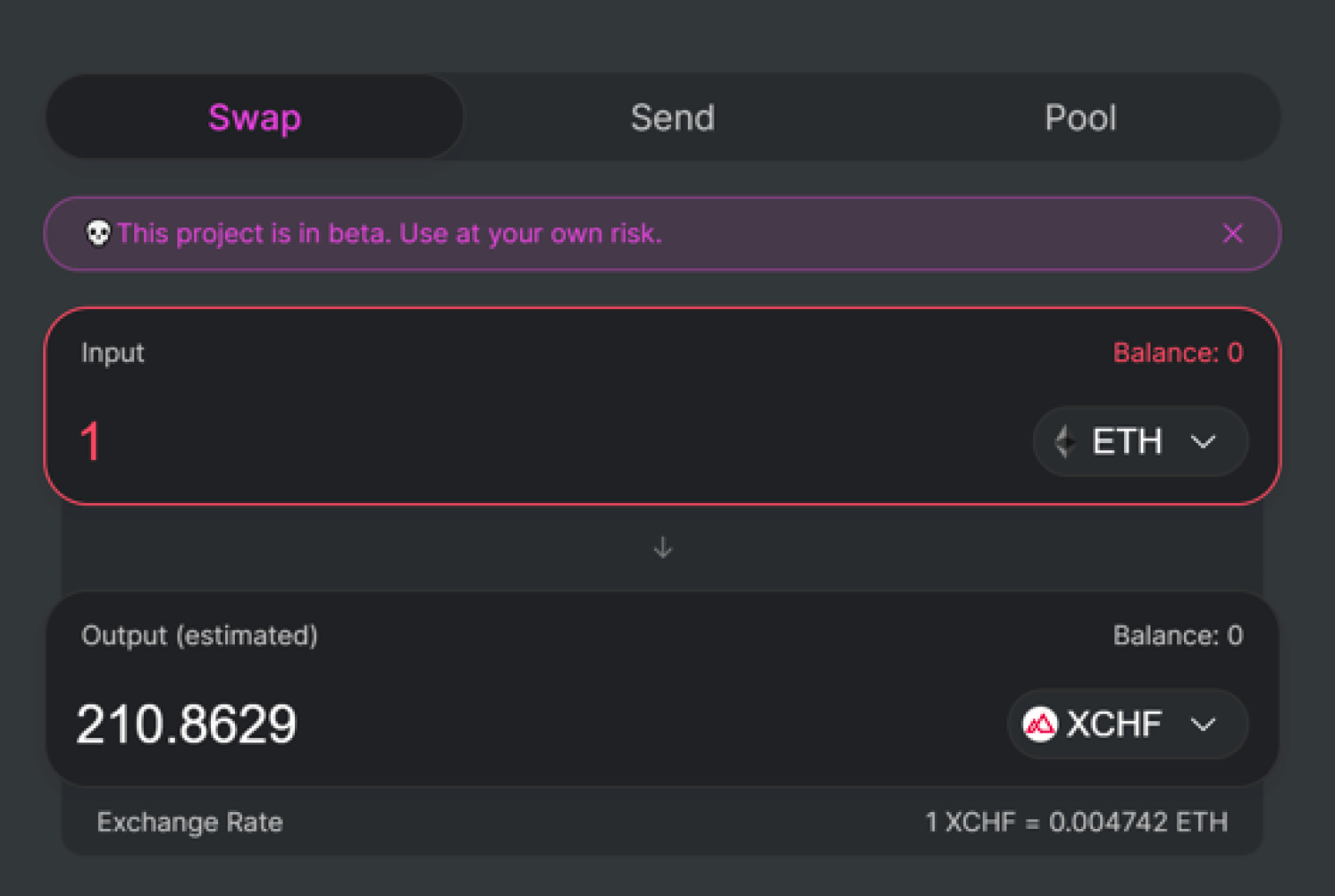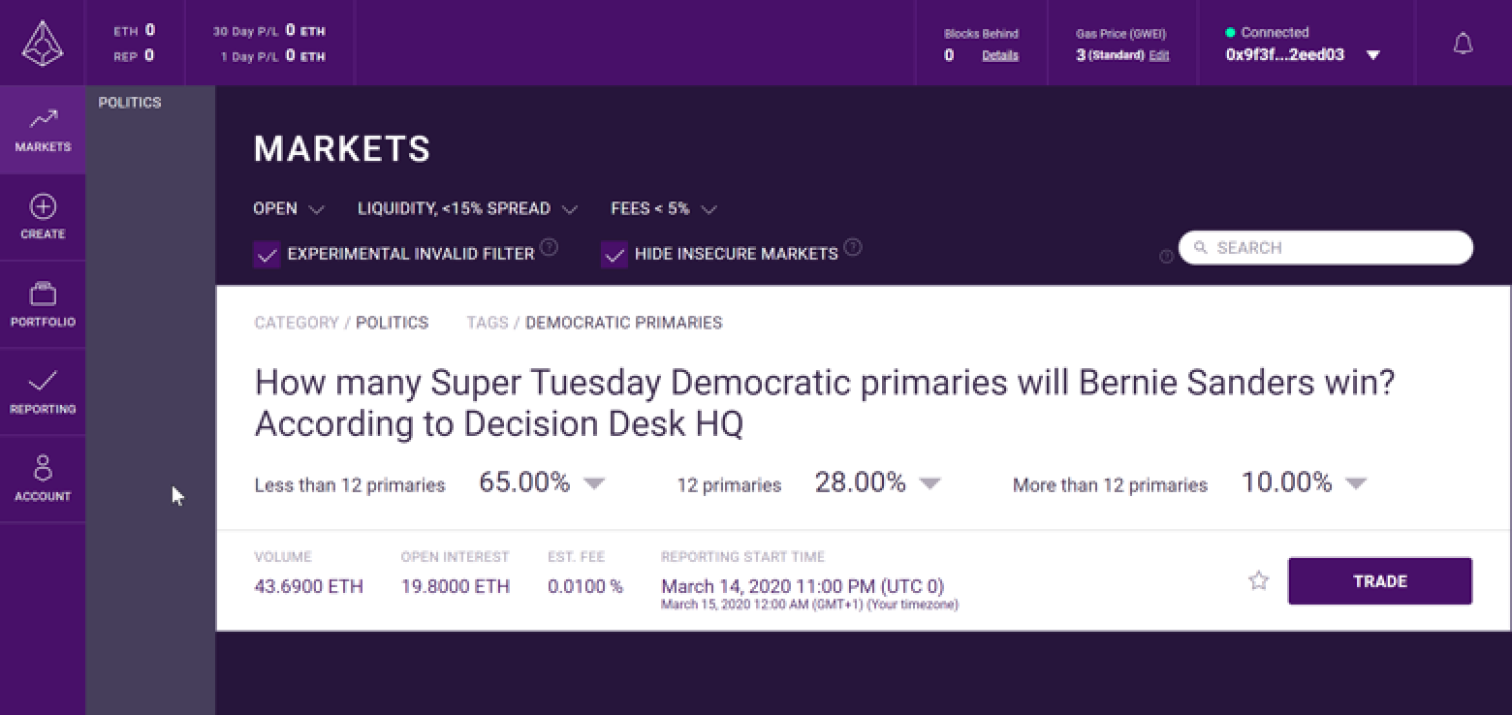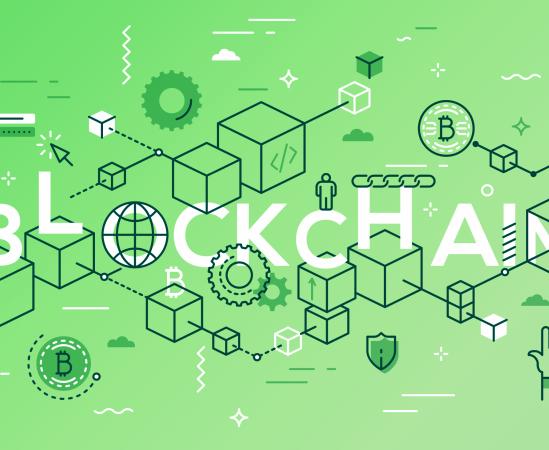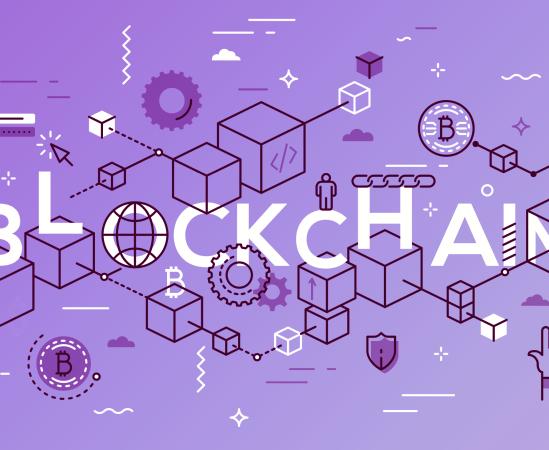dApps = Apps2.0?
Everyone knows apps. If I ask you what an app is, you are able to explain in simple words where I can search for apps (e.g. Google Play Store), how I can download it, and what I can use a certain app for (e.g. messaging). Today there is literally an app for every use case and apps have become ubiquitous.
So, everything should be fine, right? Well, now think more carefully about how apps are governed: Third-party platforms such as the Google Play Store or the App Store are very powerful and can remove your app within seconds (e.g. if you do not comply with their rules). A recent incident, though it may have legitimate reasons, underpins this risk: Google removed 600 apps from the Play Store due to disruptive ads. These companies also charge developers fees for hosting and make large profits on sales. Apple and Google for example get 30% of all revenue from app and in-app purchases. Another issue may arise if the provider shuts down the app and you no longer have access, or the app has technical downtime due to e.g. backend problems. Especially, downtime can become very costly for the company and the customer.
Now imagine something crazy. Apps that do not belong to anyone, cannot be shut down, and do not have any (technical) downtime. Sounds like wishful thinking, doesn't it? Not really! Such new breeds of applications are currently discussed and developed across the world and are called "decentralised Applications" or just simply dApps. In other words, dApps are blockchain-based* apps. Thus, one could speak of "apps 2.0".
*For the sake of simplicity I use the terms blockchain and distributed ledger technology interchangeably throughout this article. However, generally speaking, a blockchain is only one of the many types of data structures that provide secure and valid achievement of distributed consensus (c.f. IOTA for a non-blockchain-based distributed ledger technology).





